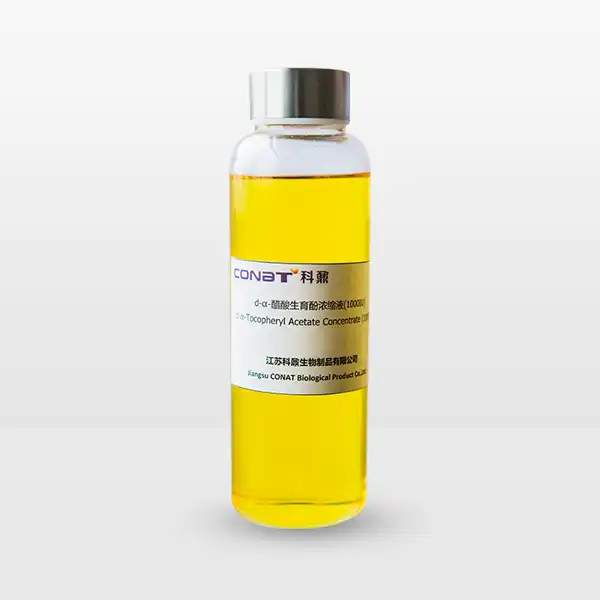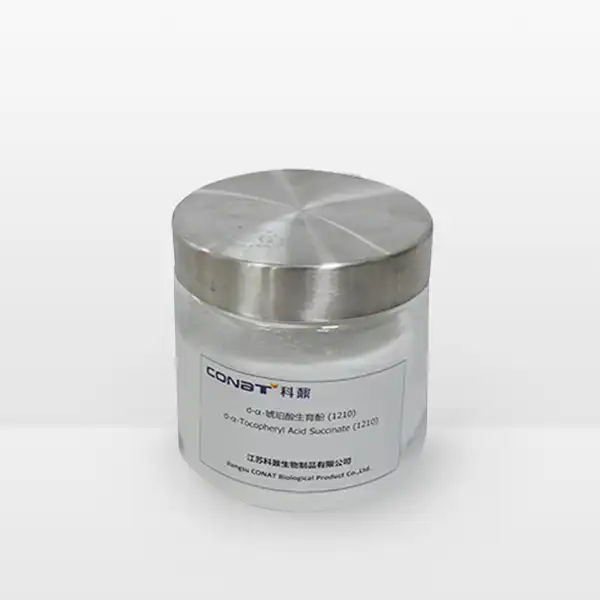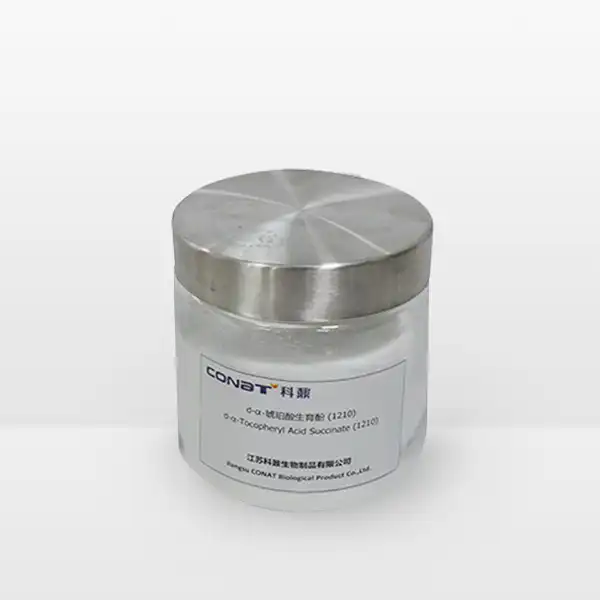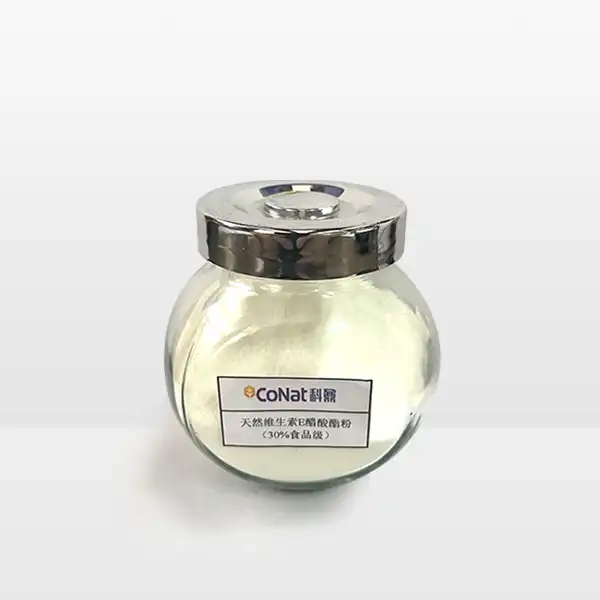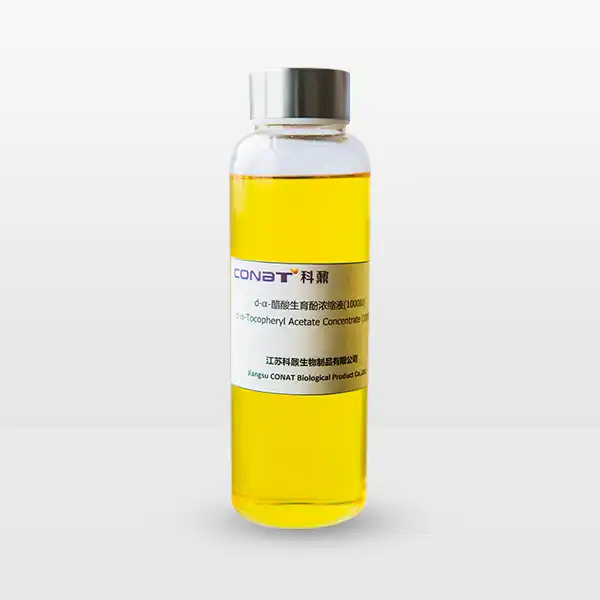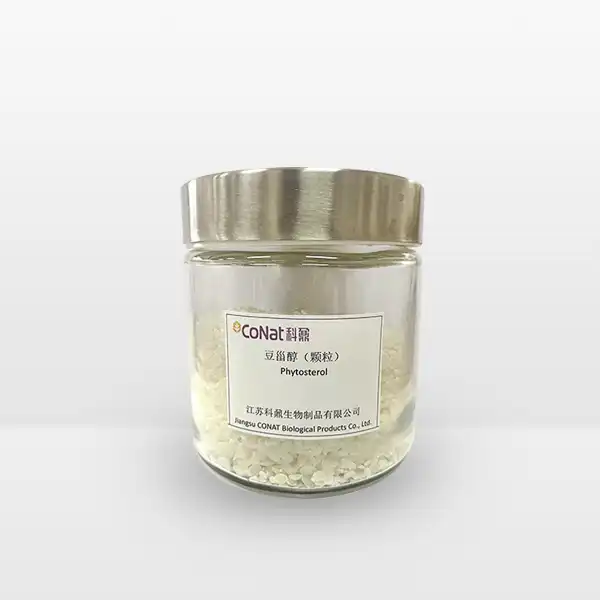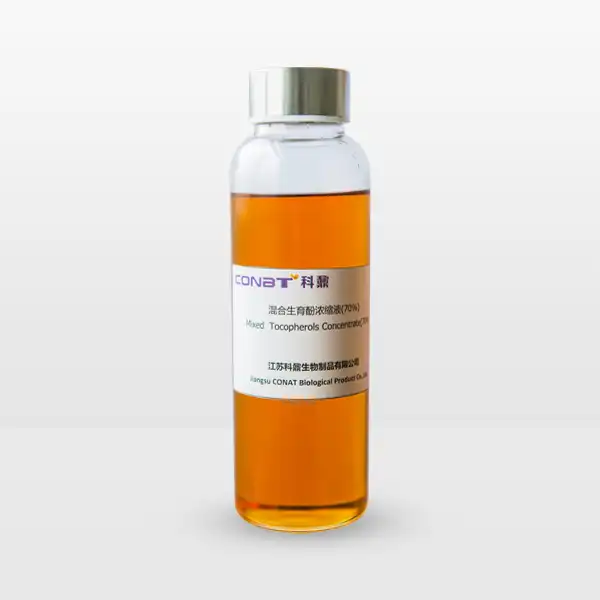- English
- French
- German
- Portuguese
- Spanish
- Russian
- Japanese
- Korean
- Arabic
- Greek
- German
- Turkish
- Italian
- Danish
- Romanian
- Indonesian
- Czech
- Afrikaans
- Swedish
- Polish
- Basque
- Catalan
- Esperanto
- Hindi
- Lao
- Albanian
- Amharic
- Armenian
- Azerbaijani
- Belarusian
- Bengali
- Bosnian
- Bulgarian
- Cebuano
- Chichewa
- Corsican
- Croatian
- Dutch
- Estonian
- Filipino
- Finnish
- Frisian
- Galician
- Georgian
- Gujarati
- Haitian
- Hausa
- Hawaiian
- Hebrew
- Hmong
- Hungarian
- Icelandic
- Igbo
- Javanese
- Kannada
- Kazakh
- Khmer
- Kurdish
- Kyrgyz
- Latin
- Latvian
- Lithuanian
- Luxembou..
- Macedonian
- Malagasy
- Malay
- Malayalam
- Maltese
- Maori
- Marathi
- Mongolian
- Burmese
- Nepali
- Norwegian
- Pashto
- Persian
- Punjabi
- Serbian
- Sesotho
- Sinhala
- Slovak
- Slovenian
- Somali
- Samoan
- Scots Gaelic
- Shona
- Sindhi
- Sundanese
- Swahili
- Tajik
- Tamil
- Telugu
- Thai
- Ukrainian
- Urdu
- Uzbek
- Vietnamese
- Welsh
- Xhosa
- Yiddish
- Yoruba
- Zulu
What is Tocopherol Concentrate Mixed?
Tocopherol concentrate mixed, commonly known as mixed tocopherols, is a naturally derived form of vitamin E that consists of various tocopherol compounds, including alpha, beta, gamma, and delta tocopherols. This powerful antioxidant blend is extensively used in both the food industry and dietary supplements. The mixture is typically extracted from vegetable oils such as soybean, sunflower, and corn oil, offering a synergistic combination of different vitamin E forms that provide enhanced stability and antioxidant protection compared to single tocopherol compounds.
How Does Tocopherol Concentrate Mixed Differ from Regular Vitamin E?
The relationship between tocopherol concentrate mixed and regular vitamin E is complex and often misunderstood. While many people are familiar with vitamin E as a single compound, tocopherol concentrate mixed represents a more comprehensive and natural approach to vitamin E supplementation. The key distinction lies in its composition and biological activity. Unlike synthetic vitamin E (dl-alpha-tocopherol) or isolated natural alpha-tocopherol, mixed tocopherols provide a spectrum of vitamin E compounds that more closely resemble what we find in whole foods.
The various tocopherol compounds in the mixture work synergistically, each bringing unique benefits to the table. Alpha-tocopherol, traditionally considered the most active form, demonstrates the highest vitamin E activity in human tissues. However, gamma-tocopherol, often the predominant form in mixed tocopherols, shows superior ability to neutralize certain free radicals, particularly reactive nitrogen species. Beta and delta tocopherols contribute additional antioxidant properties and help regenerate other antioxidants in the body.
Research has shown that mixed tocopherols may be more effective than isolated alpha-tocopherol in preventing oxidative stress and supporting overall health. This is partly because different tocopherols are preferentially absorbed and retained by various tissues, providing more comprehensive protection throughout the body. Furthermore, the natural ratios found in mixed tocopherols may better support the body's vitamin E transport and utilization mechanisms, leading to improved bioavailability and effectiveness.
What are the Primary Applications of Tocopherol Concentrate Mixed in Food Industry?
The food industry has embraced tocopherol concentrate mixed as a versatile ingredient that serves multiple purposes. Its primary application is as a natural antioxidant preservative, helping to extend the shelf life of various food products by preventing oxidation of fats and oils. This function is particularly crucial in processed foods, where rancidity can significantly impact both quality and safety.
In bakery products, mixed tocopherols help maintain freshness and prevent the oxidation of fats in items like cookies, crackers, and bread. The food industry particularly values their effectiveness in protecting whole grain products, where the higher fat content of whole grains makes them more susceptible to oxidation. In meat products, mixed tocopherols help preserve color and prevent the development of off-flavors, contributing to both quality and consumer acceptance.
The vegetable oil industry heavily relies on mixed tocopherols to stabilize their products. When added to refined oils, they help prevent oxidation during storage and extend shelf life. This application is especially important for polyunsaturated oils, which are particularly susceptible to oxidation. The natural origin of mixed tocopherols also aligns with consumer preferences for clean-label ingredients, making them an attractive alternative to synthetic antioxidants.
Pet food manufacturers have also recognized the benefits of mixed tocopherols. They use these compounds not only as preservatives but also to ensure that pets receive adequate vitamin E nutrition. The stability and effectiveness of mixed tocopherols in pet food formulations have made them a standard ingredient in premium pet food products, where they help maintain nutritional value and prevent rancidity during the product's shelf life.
What Benefits Does Tocopherol Concentrate Mixed Provide in Cosmetic Applications?
The cosmetic industry has discovered numerous advantages in incorporating tocopherol concentrate mixed into their formulations. The antioxidant properties of mixed tocopherols make them valuable ingredients in skincare products, where they help protect both the formulation itself and the skin from oxidative stress and environmental damage.
In skincare products, mixed tocopherols serve multiple functions. They act as natural preservatives, extending the shelf life of cosmetic formulations by preventing the oxidation of other ingredients. This is particularly important in products containing natural oils and butter, which are susceptible to rancidity. The antioxidant properties also help protect the skin from free radical damage, which is a major contributor to premature aging.
Mixed tocopherols demonstrate excellent skin penetration properties, allowing them to deliver their benefits to deeper layers of the skin. When applied topically, they help strengthen the skin's natural barrier function and provide protection against environmental stressors such as UV radiation and pollution. The combination of different tocopherol compounds ensures a more comprehensive approach to skin protection, as each form may target different aspects of skin health.
Furthermore, mixed tocopherols contribute to the stability of other active ingredients in cosmetic formulations. They help preserve the efficacy of sensitive ingredients such as retinol and vitamin C, which are prone to oxidation. This protective function ensures that skincare products maintain their effectiveness throughout their intended shelf life. The natural origin of mixed tocopherols also appeals to consumers seeking clean beauty products, making them an increasingly popular choice in natural and organic cosmetic formulations.
If you want to get more information about Tocopherol Concentrate Mixed, you can contact us at: sales@conat.cn.
References:
1. Journal of Agricultural and Food Chemistry. "Stability and Antioxidant Properties of Mixed Tocopherols in Food Systems" (2023)
2. International Journal of Cosmetic Science. "The Role of Mixed Tocopherols in Skin Care" (2023)
3. Food Chemistry. "Applications of Natural Antioxidants in Food Preservation" (2022)
4. Comprehensive Reviews in Food Science and Food Safety. "Mixed Tocopherols: A Review of Their Chemistry and Applications" (2023)
5. European Journal of Lipid Science and Technology. "Tocopherols in Vegetable Oils: Stability and Preservation" (2022)
6. Journal of Nutrition. "Bioavailability and Metabolism of Mixed Tocopherols" (2023)
7. Critical Reviews in Food Science and Nutrition. "Natural Antioxidants in Food Systems" (2022)
8. International Journal of Molecular Sciences. "The Biological Activities of Tocopherols in Human Health" (2023)
9. Journal of Food Processing and Preservation. "Application of Mixed Tocopherols in Pet Food" (2022)
10. Antioxidants. "Mixed Tocopherols: From Food Preservation to Skin Protection" (2023)
